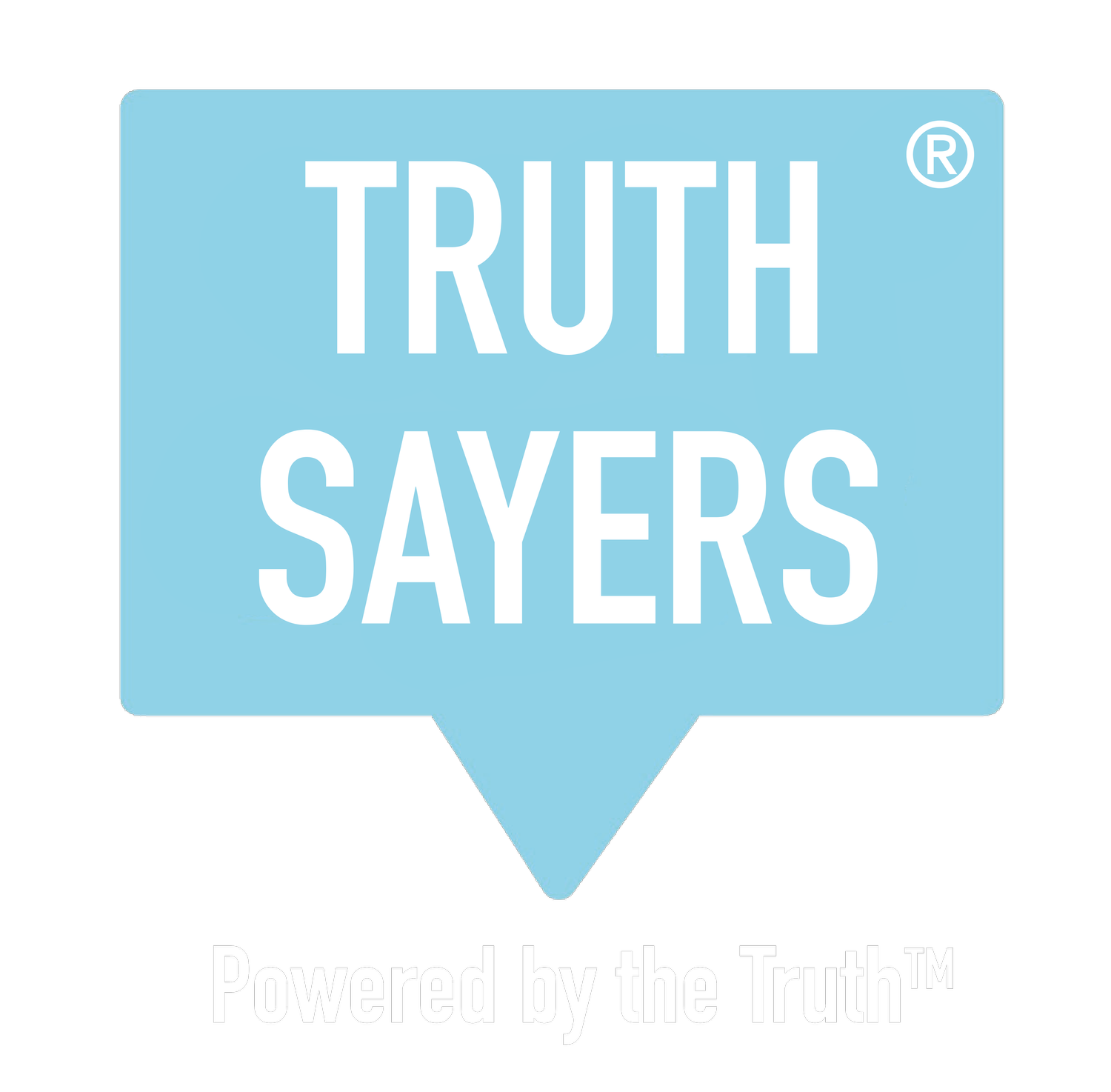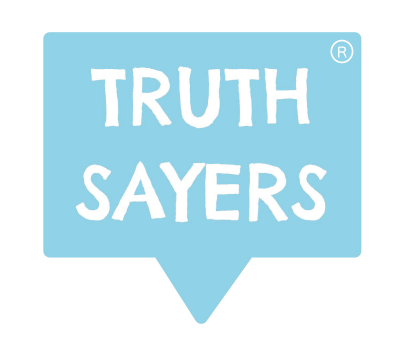Capturing The Truth: Going Inside Neurotech®
“You’ve got this implicit side, all these other processes that go on beneath the level of conscious awareness that can basically take you off in lots of directions and get you to do things – get you to believe things – that you may not necessarily want to believe.”
SERIES 7 FROM TRUTHSAYERS® NEUROCAST™ – 1 EPISODE IN THIS CONVERSATION
In this episode of Truthsayers®️ Neurocast™️ Andy Dean, Co-Founder of Truthsayers, chats with Cognitive Scientist, Dr Alastair Goode about the power behind Neurotech®️ that can capture the truth.
Neurotech® is different to any other people analytics platform thanks to the unique science behind it. Alastair has been a key advisor in the development of the Neurotech®️ platform and here explains the difference between the Implicit and Explicit methodology used to unlock the truth of how people really feel.
Dr Alastair Goode is one of the world’s foremost leading experts on Implicit methodology and one of our Advisory Board members. Alastair is regularly sought out as a keynote speaker and has won multiple awards in research and media. Alastair pioneered implicit in the consumer research space and has helped us to secure our world leading status as an implicit Neurotech® platform in the HR space.
TRANSCRIPT
Intro by Andy Dean: At Truthsayers®, we gather data on how people feel about a vast range of subjects, using two methods: Implicit and Explicit. Now, most people are familiar with Explicit methods – this is the technique used by traditional surveys, asking people to consciously consider a range of options to specific questions.
However, Truthsayers® Neurotech® goes deeper than this. Using Implicit methods, we capture reactions in the nonconscious part of the brain – the place where our emotions and feelings are formed; these are the drivers that guide our behaviours and attitudes. We’ve worked closely with neuroscientists and psychologists for many years to develop this advanced methodology and, in this episode of Truthsayers® NeurocastTM, I’m delighted to welcome one of our specialist advisors, Dr Alastair Goode.
Andy Dean: Welcome Ali, good to see you.
Alastair Goode: Thank you, good to be here.
Andy Dean: Alastair is a cognitive scientist and also a member of the Truthsayers® advisory board, and perhaps you could just tell us why you’re involved with Truthsayers®, and what do you think it’s bringing from an academic and psychological point of view for organisations – why it’s helping them?
Alastair Goode: Sure, I’ve been involved in implicit testing now all, you know, implicit research for nearly 30 years. I’m involved with Truthsayers®, because I think there’s a real role for the techniques in that that space. I mean, people can talk about that themselves, but they’re always going to give a representation themselves rather than actually, their true beliefs. And I think what proper implicit testing does, which is what Truthsayers® does, is hugely important. In terms of implicit and explicit – the problem I’ve always found in business is that there’s a lot of conflation between the idea of conscious and subconscious, and implicit and explicit. I was chatting to a professorial friend of mine, and we were sort of kicking around the idea of you know, what, how could we describe it? We know what, what is this difference, and I have a sort of side interest in ancient history, as did my friend, and we’re talking about Hannibal. Most people know Hannibal is being the chap who took elephants across the Alps, to vanquish the – or part vanquish – the Roman Empire. And the elephants weren’t only like his means of transport, they were actually his terror weapon, because he used to line them up, and then charge them at the enemy, and flatten them. That was the plan. However, an elephant is a wild animal, so they used to feed it quite a noxious concoction of kind of fruit juice and alcohol, basically get the animal, very, very drunk indeed, then plop a little chap on top and the guy to sort of hit it on the back and sort of get it to go in the direction he wanted to. And then sometimes it would, sometimes it wouldn’t, you know. We sort of came with this idea of like, sort of Hannibal’s elephant and the rider being like the way the mind works. And think of yourself – think of the bit that you know, of yourself – the conscious bit – as being like the rider. And that’s a bit how the mind works about implicit and explicit, explicit think of the rider as being knowing, understanding and having intention. But you’ve got this implicit side, all these other processes that go on beneath the level of conscious awareness that can basically take you off in lots of directions and get you to do things – get you to believe things – that you may not necessarily think you actually want to believe.
Andy Dean: That’s great! Great explanation. So, you know, from our point of view, on the Neurotech® platform we’re very much taking implicit responses, but also at the same time, taking explicit responses, and comparing the two – overlaying the two – and as you have said, in the past, cognitively, most of our explicit and implicit responses will line up because we’re saying how we feel. The interesting and the difficult part – or the enlightening part – is where the implicit feelings don’t match the explicit sayings that people are giving. And I think that’s the area where people need to start looking at, and therefore why it’s so important that we do actually try to get implicit responses from people as well as their explicit.
Alastair Goode: I mean, one of the finest examples I think I ever came up with in my career was working for a fantastic charity called Changing Faces and they support people with a facial disfigurement. We did some work for them, quite a few years ago now, basically showing that, if you ask people, do this do discriminate against people, or do you react to people differently dependent on how they look? And of course, every said “No, of course we don’t” and we did this implicit testing and there was a huge, huge bias. I mean, stronger than any other bias that had been found at the time. And we so much so that, it was so strong that people probably were aware of how difficult they were finding it to do the task – they would have noticed – but they still didn’t report it. Because they just know it was socially unacceptable to sort of say, “Yes, I find this person looks odd, and I find it really hard to say that they’re a nice guy”.
Andy Dean: And I think when we’re talking about implicit reactions like that, and reaction time, what we’re talking about really is an indirect method of measuring how people feel, as opposed to asking them, because as you quite rightly say, if you ask people a question, it’s not socially acceptable to give the wrong answer.
Alastair Goode: Yeah – we all have a social mask that we put on to present ourselves.
Andy Dean: A chief executive said to me the other day that discrimination is becoming more covert, because people are more aware that they shouldn’t say things. That doesn’t necessarily change their attitudes, but actually people are less open about being discriminatory. And to me, that’s quite a dangerous situation, because far from reducing discrimination in the workplace, what we’re really doing is almost burying it.
Alastair Goode: People know they have these biases, and they can’t help having these biases, but they find lots of lovely little strategies to try and kid themselves that those biases don’t exist.
Andy Dean: And of course explicitly, you can actually hide those biases can’t you, simply in the way that you answer a question, which is why, you know, it’s so important from our point of view, and like yourself, I’m very passionate about implicit techniques and implicit testing, because I think I’ve seen over the sort of 12 years of I’ve been doing it, that we uncover things that, simply, organisations didn’t realise were happening. And I think also, from a research point of view, people tend to be overly positive, when they’re answering questions directly, for all sorts of reasons – because they want to please the person who’s asking the question or because they think they shouldn’t say various things – and that I think it’s particularly relevant in the corporate situation.
Alastair Goode: Sure I mean particularly in terms of implicit testing, there’s lots of social reasons as to why people don’t feel compelled to say the right thing. There’s lots of other reasons that they’re just not aware. Because we often ask the brain to do lots of complex things, our own intuitive mind may be able to throw out sensations that sort of guide our behaviour, but we may not be able to sort of verbalise what those feelings are, what motivates those feelings.
Andy Dean: That’s great. Thank you so much for talking to us today Ali.
Alastair Goode: Great pleasure.
Andy Dean: And look forward to seeing you soon.


